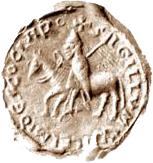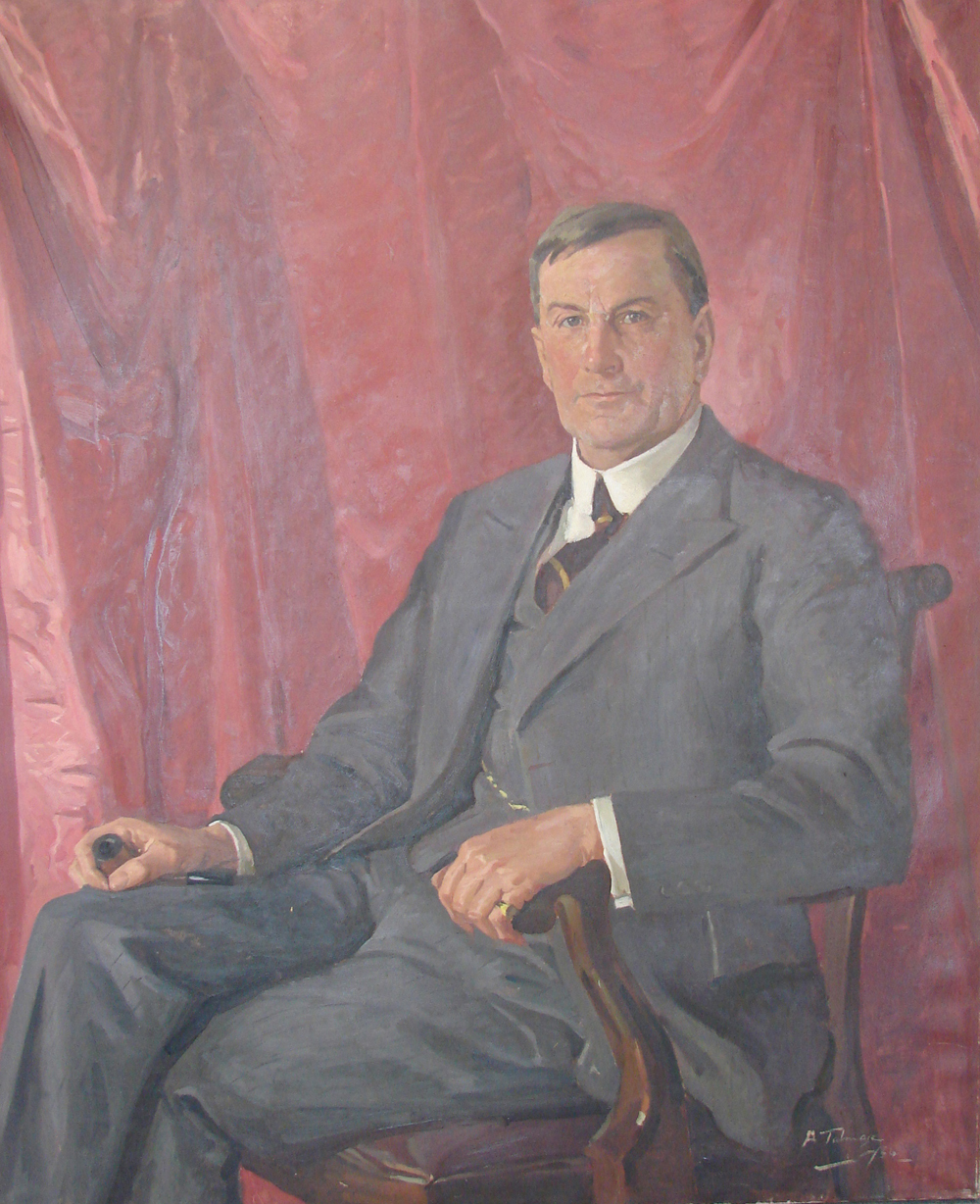The Brown family
John Brown (1752-1836)
John Brown is first noted in Waltham Abbey, Essex, where he was married to Ann Law. John had a history, though, because it seems he had moved from London and might have changed his name from Wilson after a quarrel with his family over property he had been left. The story was recounted by Alfred Augustus Brown to his daughter Dorothy that, as a boy, he accompanied his grandafther to the solicitors. There John was informed that if he admitted what his previous name had been he could inherit an estate in Kent. Apparently a look of horror came over his face and he refused. The story continues that John had killed someone during a brawl at sea, and he was not willling to let it be known who he was.
That there was an association of John with Kent has been confirmed by an early census. Frederick, John’s son, stated that he was christened in Margate, Kent, where it was recorded in the records of the parish church of St. John the Baptist in 1802. To confuse matters even more, John and Ann christened Frederick for a second time almost a year later at the Collegiate Church of St. Saviour and St. Mary Overie, Southwark (Southwark Cathedral). On the basis of these records, John could only have changed his name before Frederick’s birth in 1802. Whatever the truth of this story, there was certainly a cause for some bad feeling in the family because Frederick refused to allow his father to be buried within the precincts of the Abbey with his wife and Frederick’s daughter, Sarah Ann, aged 13 years. Instead, it is thought that he was buried in unconsecrated ground.
Frederick Shadrach Daniel Brown (1802-1861)
John and Ann’s son, Frederick Shadrach Daniel Brown, was born in 1802. He seems to have been the first of a family of millers and was recorded as a miller and corn-dealer in Sun Street, Waltham Abbey in 1855, like William Sinclair in Newry. He married Sarah Gocher and they had eight children: Alfred Augustus (born 1823), who became a miller in Amwell End, Ware, and at Thundridge, Hertfordshire; Frederick John (born and died 1824); Sarah Ann (born 1827 and died aged 13); Prisilla (1829); Mary Ann (1831), who married Captain J. B. Burrows, a merchant seaman; Frederick (1834); Charles (1835); and Edmund (1839), who followed his father to become a miller in Waltham Abbey. Frederick S. D. failed to make a Will, so when he died his eldest son, Alfred Augustus, shared the estate with his surviving brothers and sisters.
Sir Herbert Brown, KBE (1869-1946)
Charles married Emily Fisher Dunn and established Charles Brown & Co. Ltd., flour millers in Croydon and Bermondsey, which was sold to Spillers in 1953. Charles’ second son was Herbert Brown and he took over as head of the company. Herbert had an illustrious and successful career. He was Chairman of the Croydon General Hospital (May Day Hospital) between 1929-1937 and 1939-1943, and President between 1943-1948. During those years he donated more than £20,000 to the hospital. He was a Governor of St. Thomas’s Hospital, and of the Star and Garter Hospital, Richmond. and President of the National Association of British and Irish Millers (1922-1923). He was also Hon. Appeal Secretary of the British Legion and Hon. Chairman of the Officers’ Association and Knights of St. John.
In 1920 he was awarded a knighthood and in 1921 received the Cross of Officer of the Order of Leopold of Belgium. Also in 1921, as Hon. Appeal Secretary of the British Legion, he travelled to Paris and arranged to manufacture large quantities of poppies for the first Poppy Day on 11 November. Millions were sold at 3d. each on the day, and by breakfast time single petals were selling for £5 each in Smithfield Market. For a detailed history of how the poppy came about, see Heather Johnson’s excellent 2015 research.
Frederick Brown (1834-1902)
Frederick first married Ann Morse and they had two children, Frederick William, also connected with milling, and Alexander, who settled in Ireland and worked in a flour mill in Cork. His second wife was Selina Stinson Chettle, whose first marriage was to Fredrick Howard Carson. She had two daughters with Frederick Carson, Selina and Annie, who were living with Frederick Brown and and their mother in 1881. Frederick and Selina had three sons and two daughters of their own: Albert Frederick, Harold, Arthur Gordon, Selina Beatrice and Mabel Eleanor. Frederick was a miller in Hertfordshire and Harold continued his father’s business after he died in 1902. Albert Frederick Brown married Emma Esther Davies, and Harold married her sister, Eliza Kate Davies.
A Genealogical History of the Brown Family was privately published in 2017.



